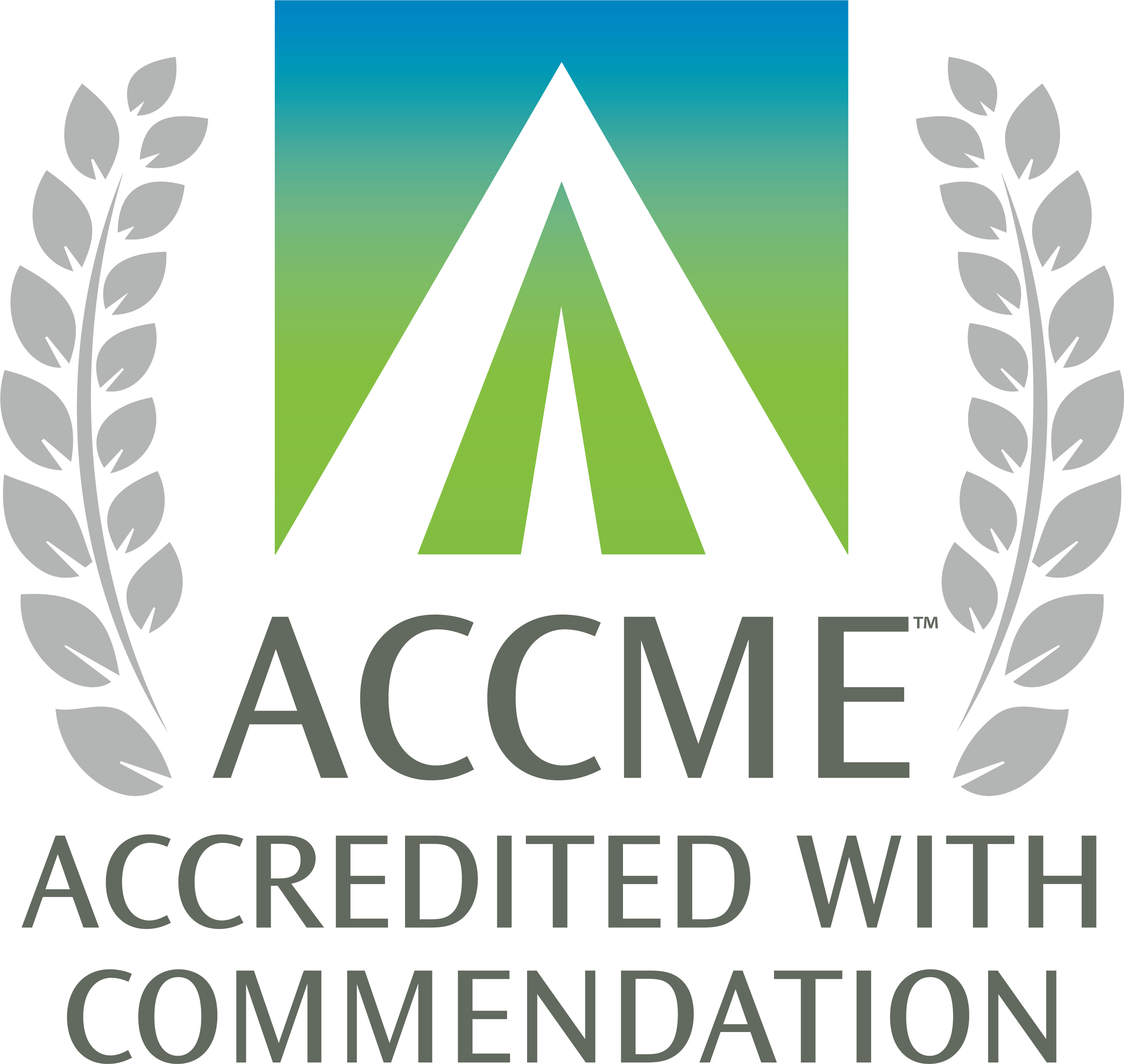Venous Thromboembolism (VTE)
To begin this activity, click Enroll. Once logged in, learners can access educational content, assessments, and evaluations. Learners who successfully complete the activity will be able to print a certificate.
1. Improve the recognition of VTE and selection of appropriate testing.
2. Shorten resolution time for clinical symptoms.
3. Reduce incidence of pulmonary embolism.
4. Reduce mortality.
5. Reduce bleeding and other complications.
6. Reduce cost of hospitalization.
CT or VIQ scanning for PE. CT angiography with or without lower-extremity CT venography is the primary imaging modality for suspected pulmonary embolism. Ventilation-perfusion scanning remains an appropriate option for patients without confounding pulmonary disease, and is advantageous for patients in whom radiation dose is a concern.
Investigation of discordant prior probability and imaging findings. Formal prior-probability estimation is required for suspected pulmonary embolism. Negative CT angiography in a patient with a high or intermediate prior probability or a segmental or subsegmental finding on CT in a patient at low prior probability require further evaluation.
Key aspects of care include:
Diagnose DVT. Diagnose DVT with a single duplex color Doppler venous ultrasound scan.
Diagnose PE. Formal clinical likelihood estimation is necessary, and should precede imaging by CT or V/Q scanning.
Alternate for diagnosis exclusion. Patients with low prior probability on clinical likelihood estimation (Wells criteria scoring) can have high-sensitivity D-dimer testing to exclude DVT or PE without imaging. D-dimer testing is not indicated for patients at moderate or high prior probability.
LMWH. Low molecular weight heparin is generally preferred over unfractionated heparin for both PE and DVT.
The University of Michigan Medical School is accredited by the Accreditation Council for Continuing Medical Education (ACCME) to provide continuing medical education for physicians.
The University of Michigan Medical School designates this enduring material for a maximum of 1.0 AMA PRA Category 1 Credit(s)™. Physicians should claim only the credit commensurate with the extent of their participation in the activity.
Release Date: February 2009
Termination Date: August 2022
Continued availability of CME credit for this activity depends on a thorough review of its content every three years. This activity was last reviewed for currency and accuracy in August 2019, and availability of CME credit continued.
Kirk A Frey, MD, PhD; Nuclear Medicine
R Van Harrison, PhD; Medical Education
Steven Kronick, MD; Emergency Medicine
David M Williams, MD; Radiology
James B Froehlich, MD, MPH Director, Anticoagulation Services
Mary D Kleaveland, MD; General Medicine
Thomas W Wakefield, MD; Vascular Surgery
John G Weg, MD Pulmonary & Critical Care Medicine
Financial Disclosure Information:
James Froelich, MD
Speaker's bureau, consultant for Merck/Schering-Plough, Pfizer, Sanofi-Aventi
Research Support for Novartis
UMHS Guidelines Oversight Team:
Karl T. Rew, MD
R. Van Harrison, PhD
Literature Search Services:
Taubman Health Science Library


